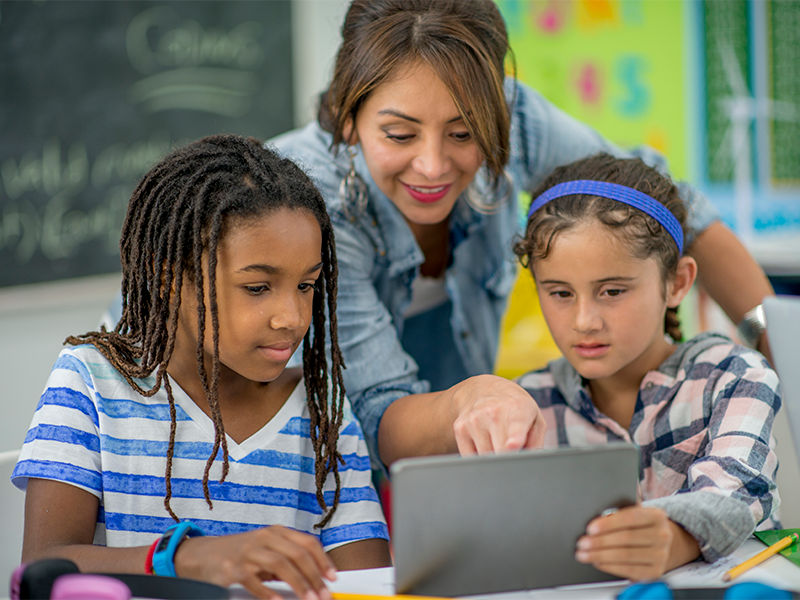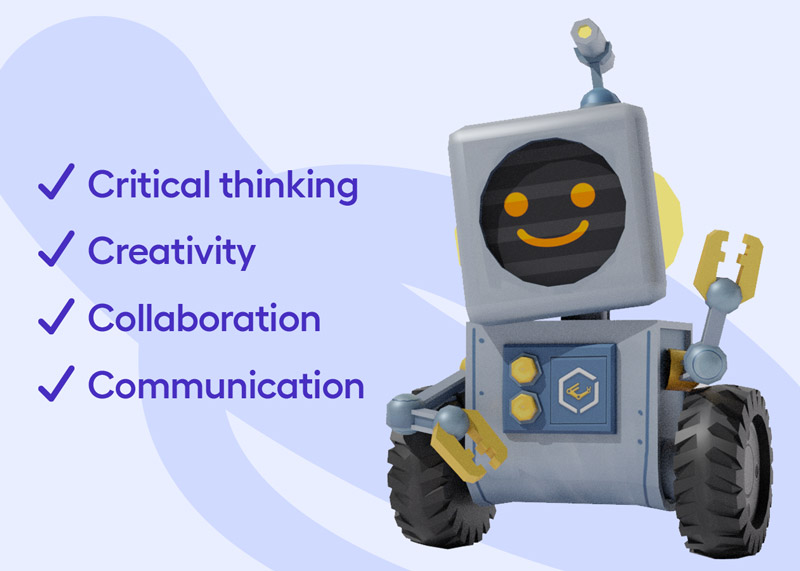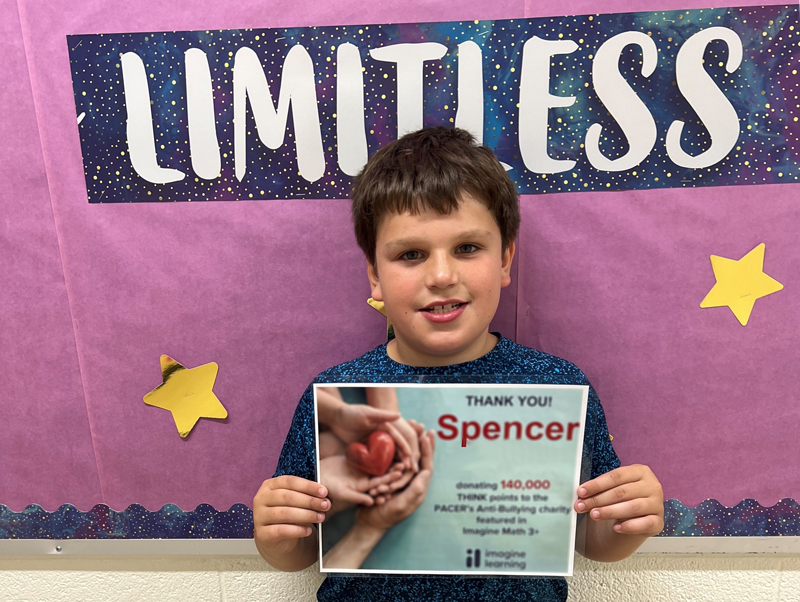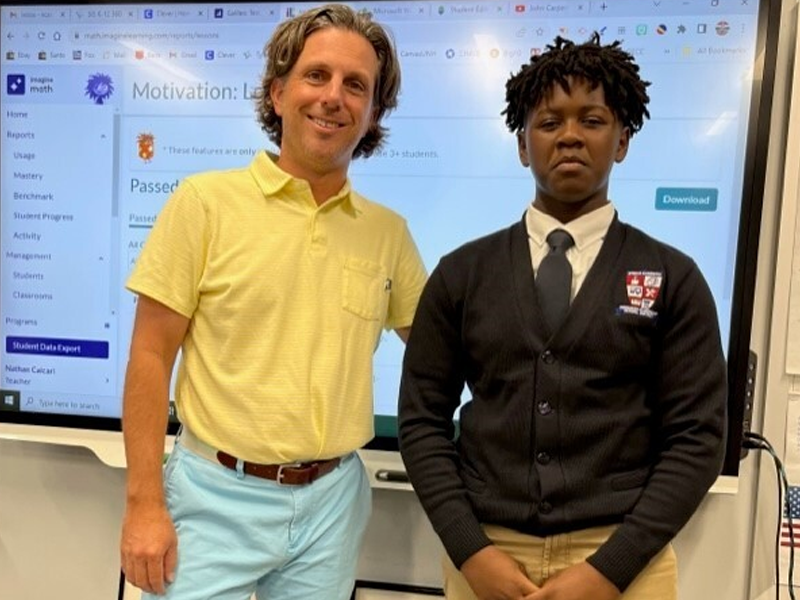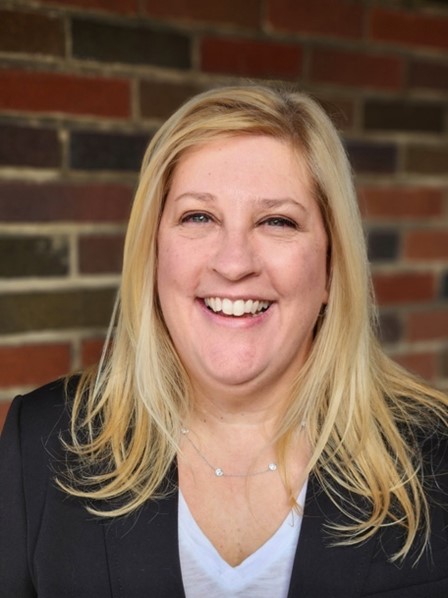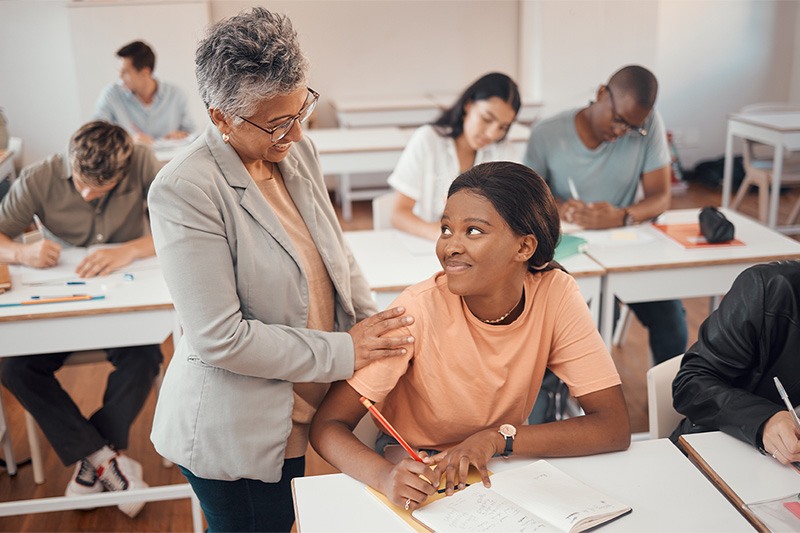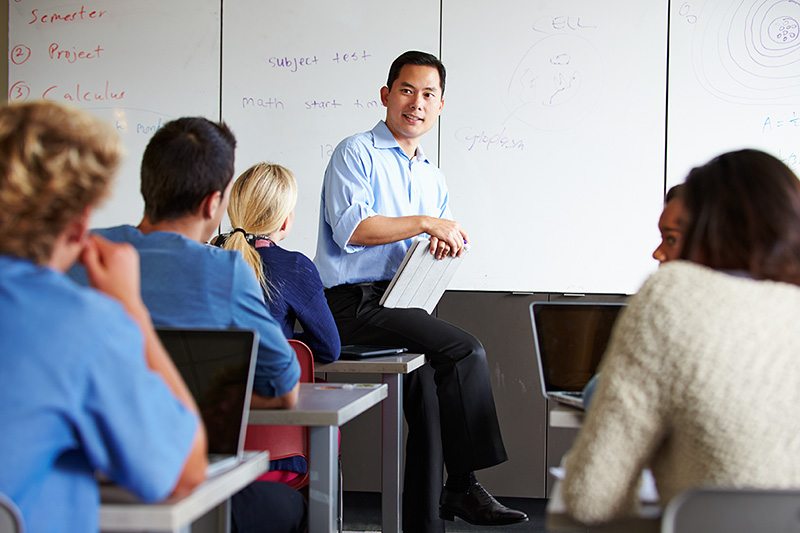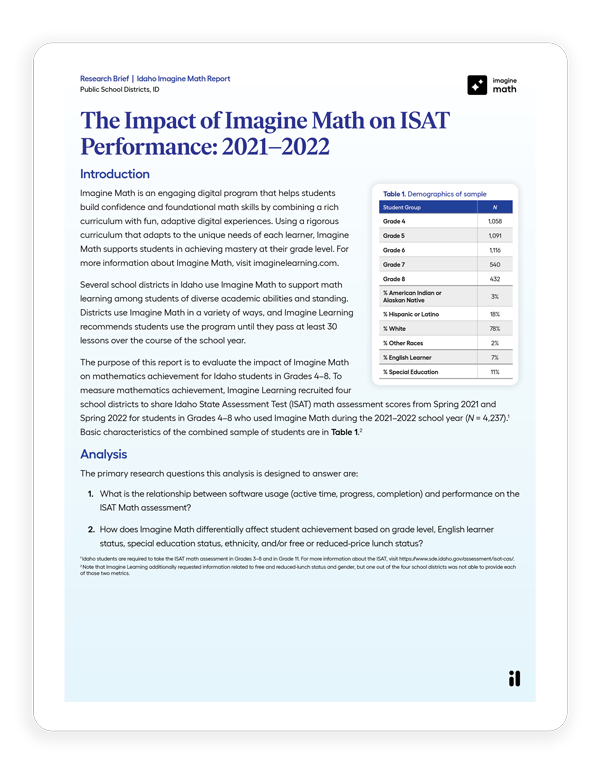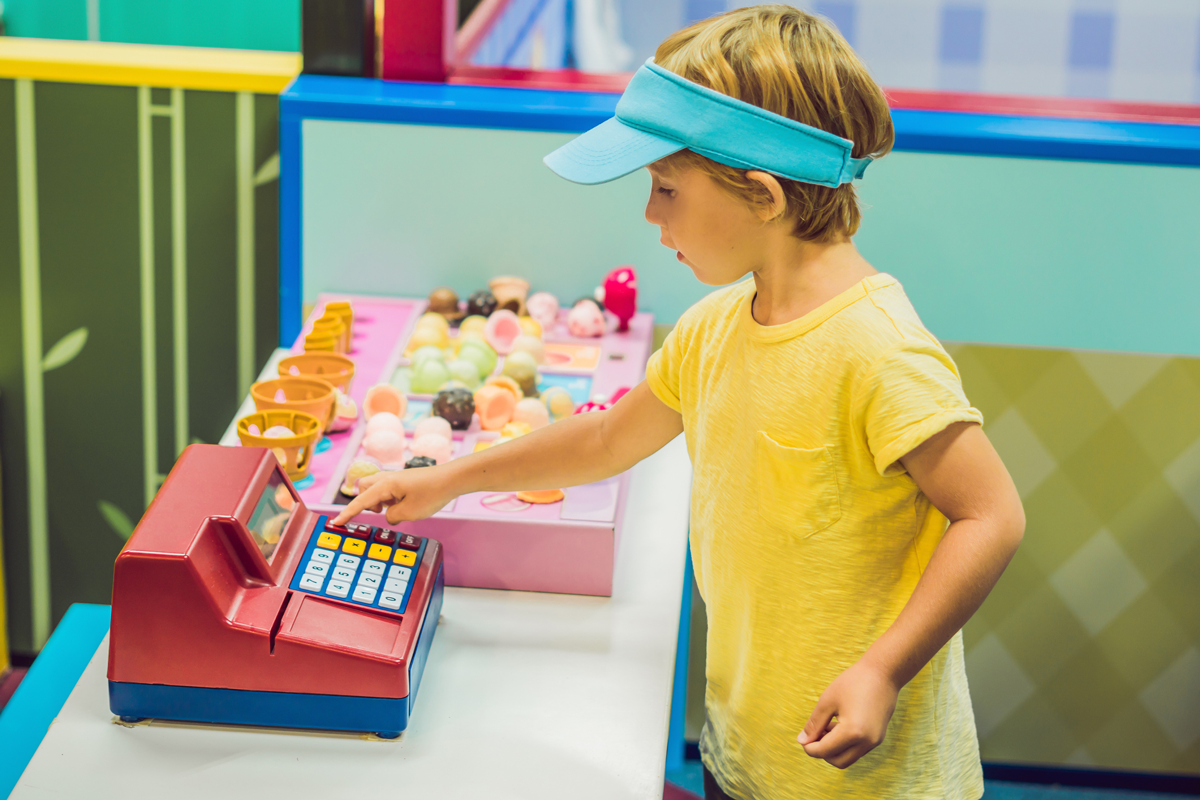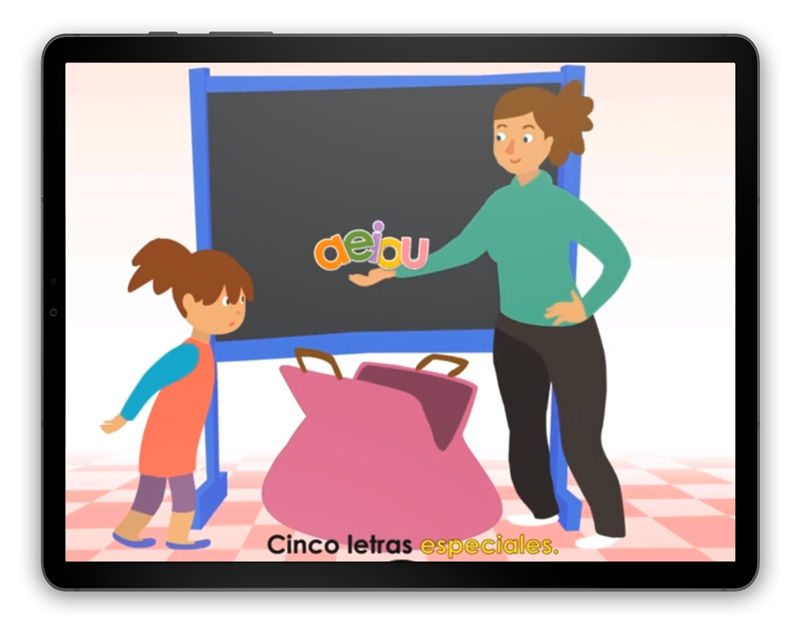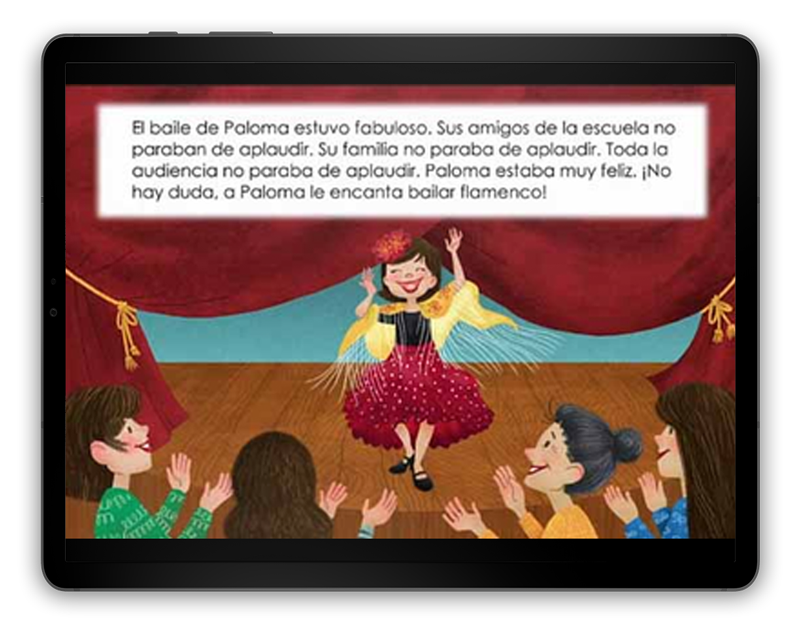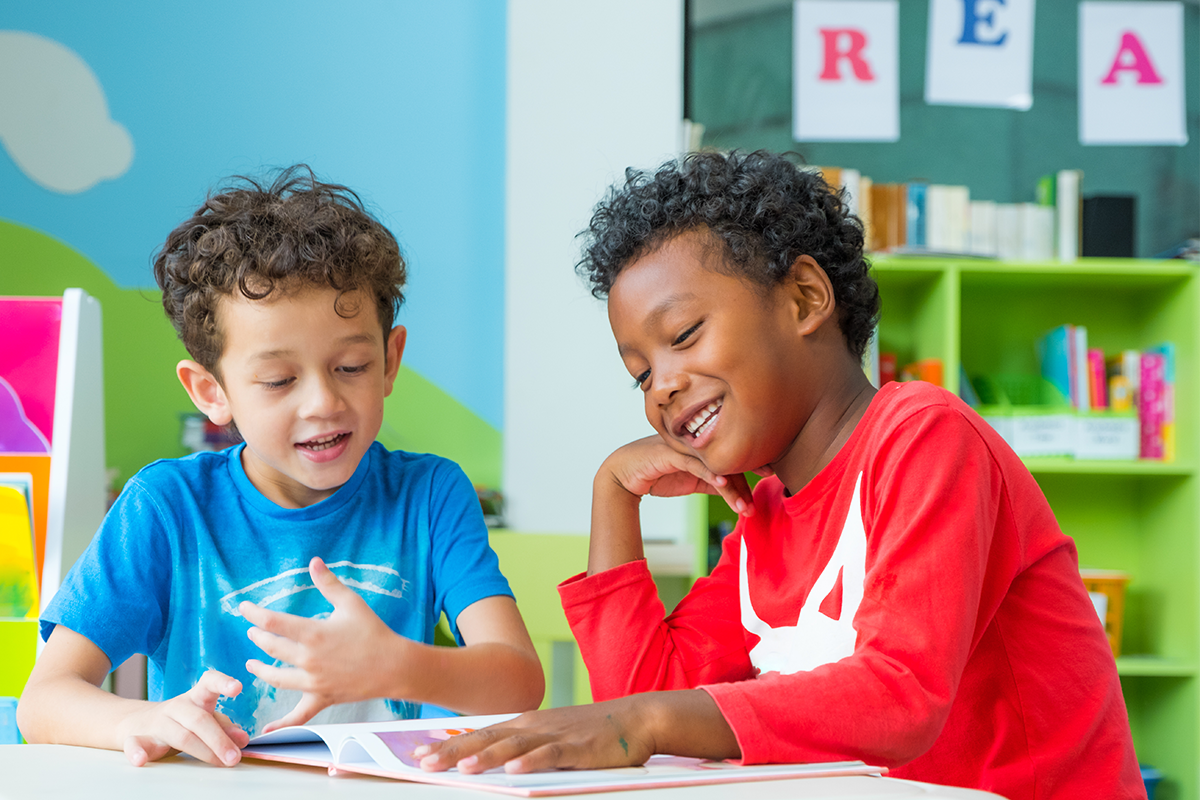April 2, 2024 12:19 am
20 Years of Impact and Innovation with Imagine Language & Literacy
Imagine Language & Literacy has worked with educators like you to revolutionize digital literacy for over two decades. Let’s celebrate 20 years of innovation — and most importantly — the many lives touched by our collective mission.
The Roots of Dedication
Two decades ago, Imagine Language & Literacy began as a bold vision to transform the way children learn language and literacy. Born from a desire to break down the barriers in education, it was established with a clear goal: to offer innovative, technology-driven solutions that could cater to the diverse needs of young learners, especially those facing the challenges of language barriers.
In these formative years, the company was more than just an educational technology startup; it was a combination of ideas, aspirations, and a shared belief in the power of education. Our founders, a group of passionate educators and tech enthusiasts, worked tirelessly to bring this vision to life, laying the foundation for what would become a leading force in educational software.
As the company grew, so did our commitment to making a real difference in the lives of students. Kimberly Judd, a Professional Development Operations specialist and an integral part of the Imagine Learning family for 13 years, reflects on this ethos with pride, saying, “Our mission — to provide our kiddos with what I feel is ‘a better future’ — makes me proud and happy to work for Imagine Learning!” This sentiment echoes the core principle that has been driving Imagine Language & Literacy since its inception — a relentless pursuit of providing children with the tools they need to build brighter futures through literacy.
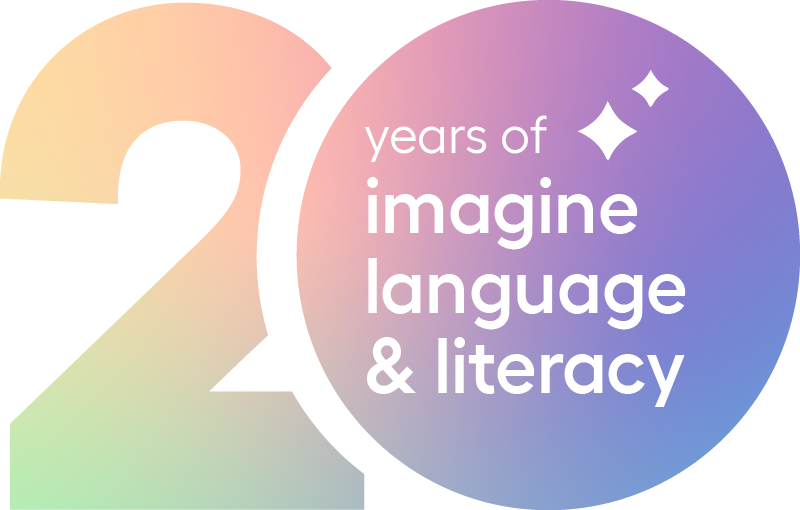
Stories of Transformation
Emily Bybee, a 13.5-year veteran and Account Executive, shares a heartwarming story: “About 10 years ago our media team recorded a video about Christian — a 10-year-old boy with autism. He thrived on Imagine Learning and gained a lot of confidence. His family moved, and he lost access, so Imagine Learning employees donated their own funds to purchase Christian a device and get him an Imagine Learning license.” This act of kindness exemplifies the depth of our commitment to every student’s educational journey.
Ben Tanner, a 15-year member of our team, recounts another impactful story: “Israa, an elementary school-aged refugee who arrived in CO not speaking any English, was greatly helped by Imagine Learning. She later visited as a high schooler, sharing her ambitions of attaining a graduate degree.” This story is a testament to the profound impact Imagine Language & Literacy has on the lives of students, especially those facing significant challenges.
Nikie Torio, with 15 years at Imagine Learning, speaks to the growth and reach of Imagine Language & Literacy: “In 2011, BYU Hawaii’s Students in Free Enterprise (SIFE) invited me to collaborate on a project aiding Tuvalu’s youth. Imagine Learning donated $15,000 worth of software to teach English. I worked late into the night supporting SIFE in preparing laptops and training educators bound for Tuvalu.” This story illustrates the global impact of our program and the dedication of our team to reach every student, regardless of location.
“As a first-generation American from a Filipino immigrant family, Imagine Learning’s impact on English language (EL) students is deeply personal. Seeing students succeed reminds me of my family members who once faced similar challenges. I feel fortunate to work with educators, believing in the power to teach language and literacy, changing lives and opening doors of opportunity for the children of the world.”
Innovation with Results
Phil MacCabe, a Supportability Manager, has worked behind the scenes on Imagine Language & Literacy for 18 years. “I started out in quality assurance testing, mostly making early literacy games for K–2 students.” His journey mirrors the evolution of the program, highlighting our continuous pursuit of innovation in education.
Since its inception, we’ve focused on consistently improving our Smart Sequencer technology and adding features like Fluent Reader+ to make teachers’ jobs easier while improving student outcomes. “It is motivating to know there has been a generation of continually growing impact, improving more and more students, opportunities, and futures each year,” says MacCabe.

Looking Forward
Our journey is far from over. We continue to innovate, inspire, and impact, holding true to our mission of teaching language and literacy. As we move forward, we carry the stories of our past, the dedication of our present, and the promise of our future.
As a thank you to our customers for 20 years of making an impact together, throughout this 20th year we’ll be revealing new characters, books, a fresh theme song, and lessons, but don’t worry: Booster and your favorite games are here to stay!
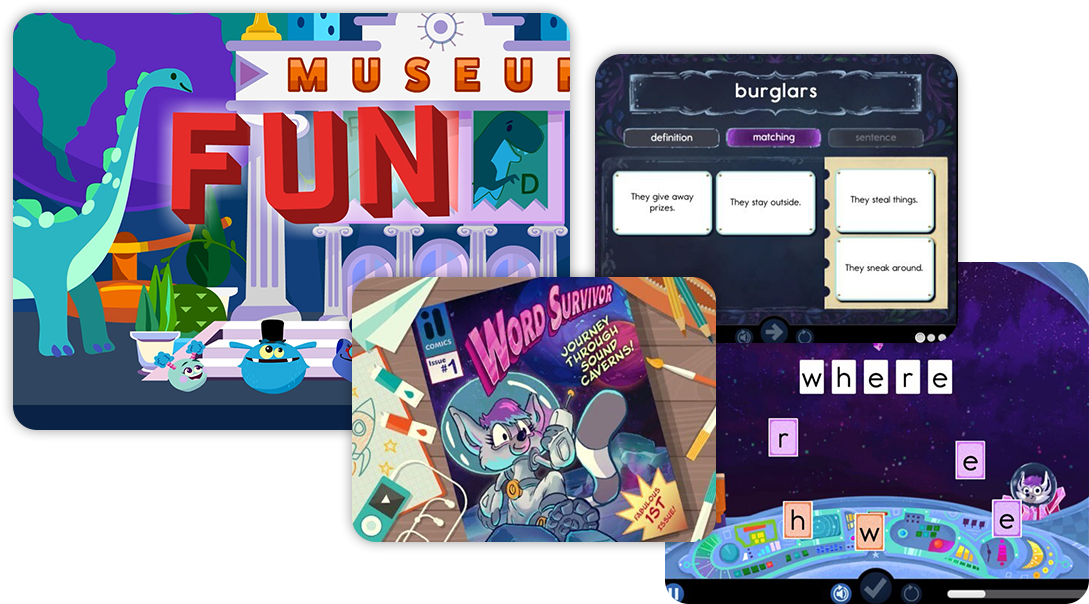
Imagine Language & Literacy’s 20-year journey has been an extraordinary tapestry of stories, achievements, and learning. We stand committed to our mission — one that started with a simple yet powerful belief: language and literacy can change lives and open doors of opportunity.
Twenty years of innovation — and it’s only just beginning.


